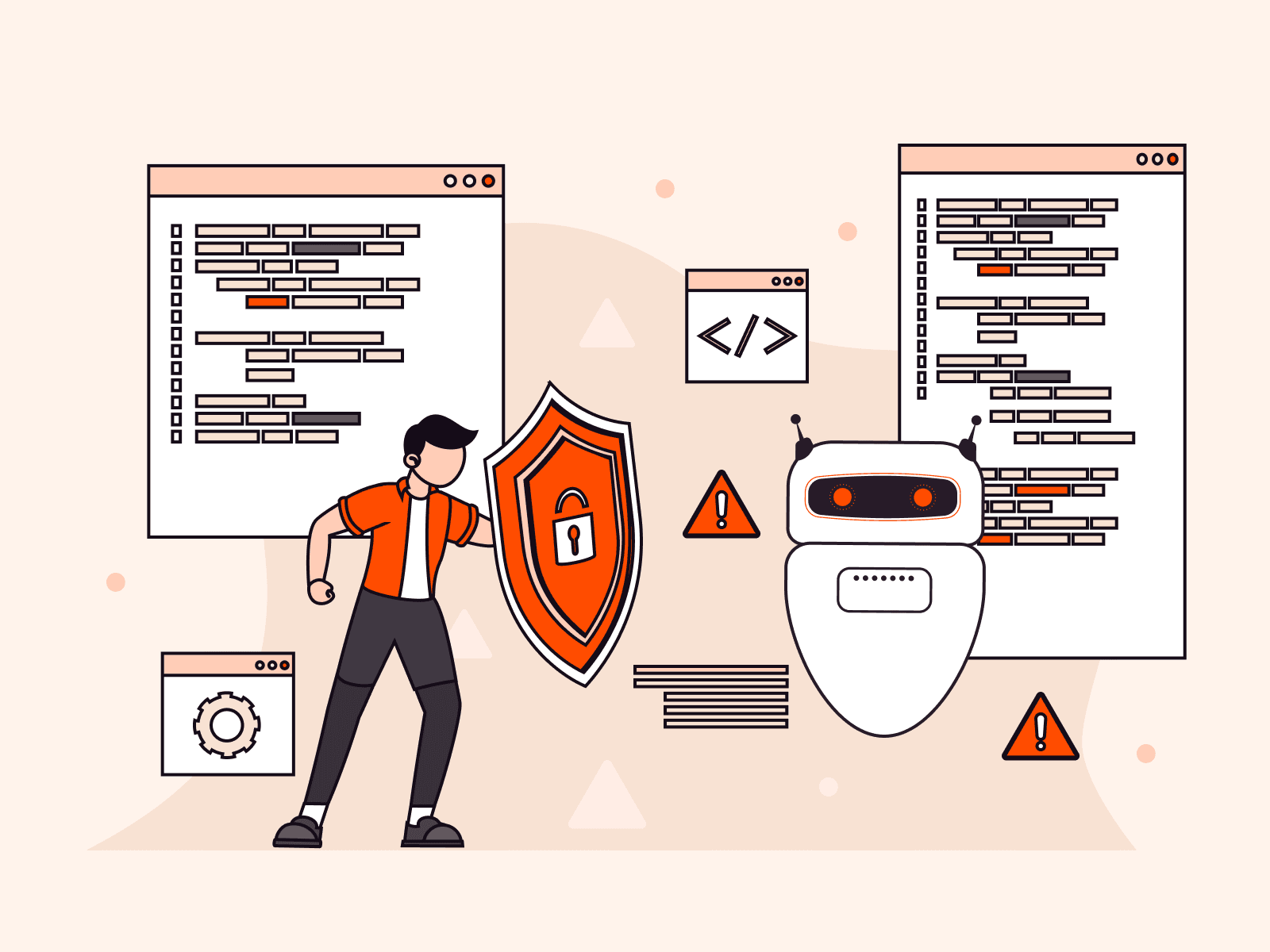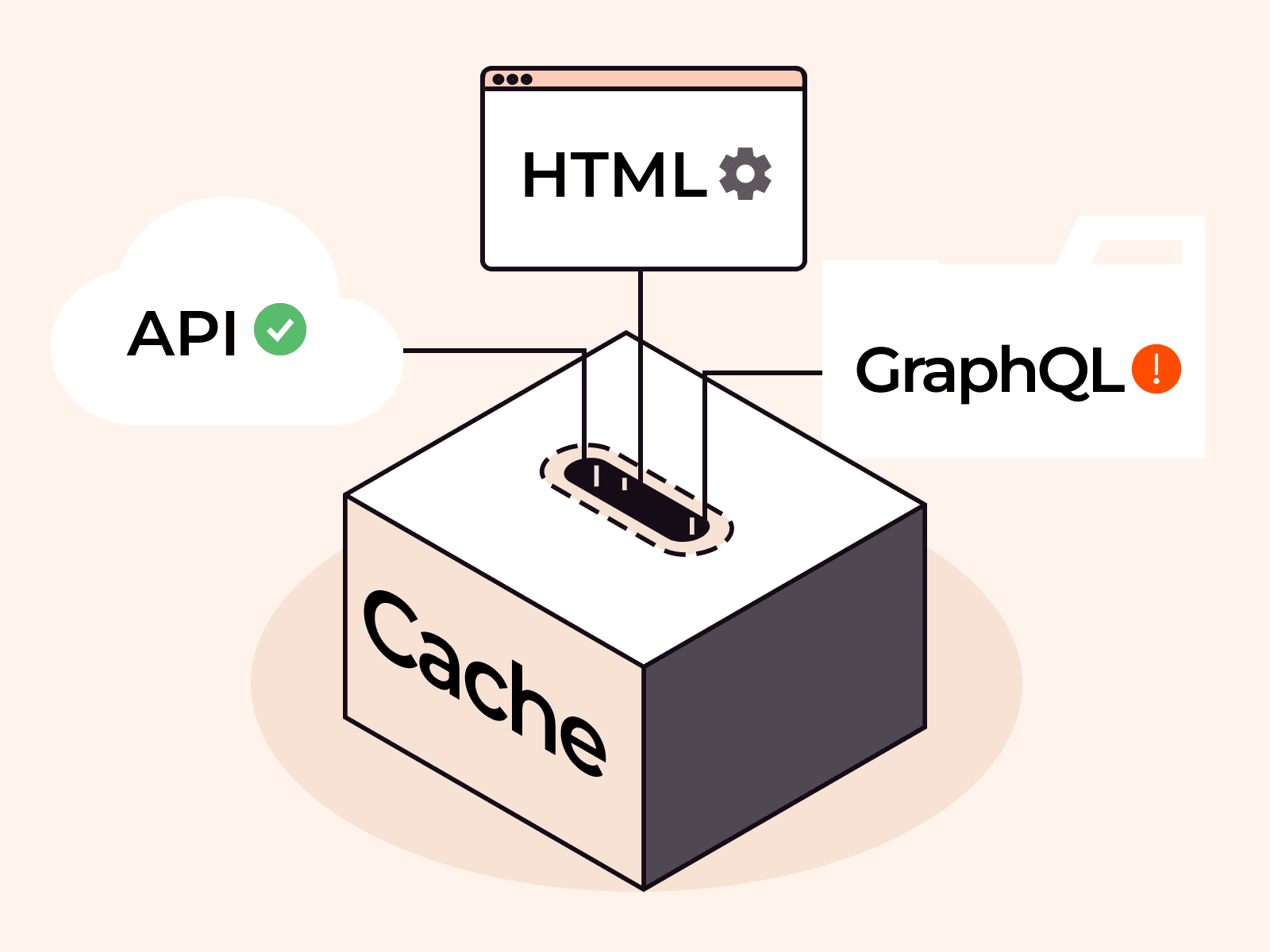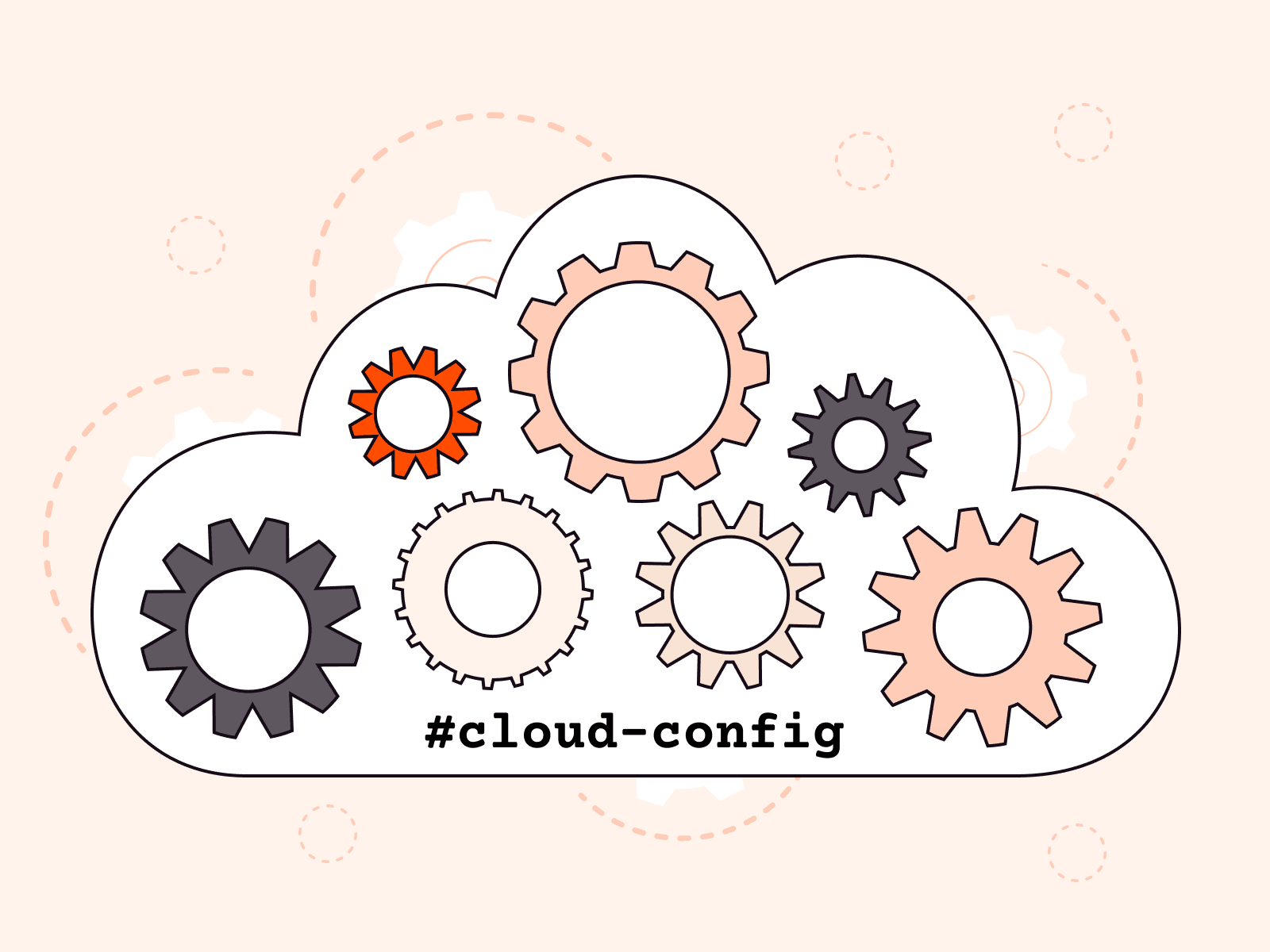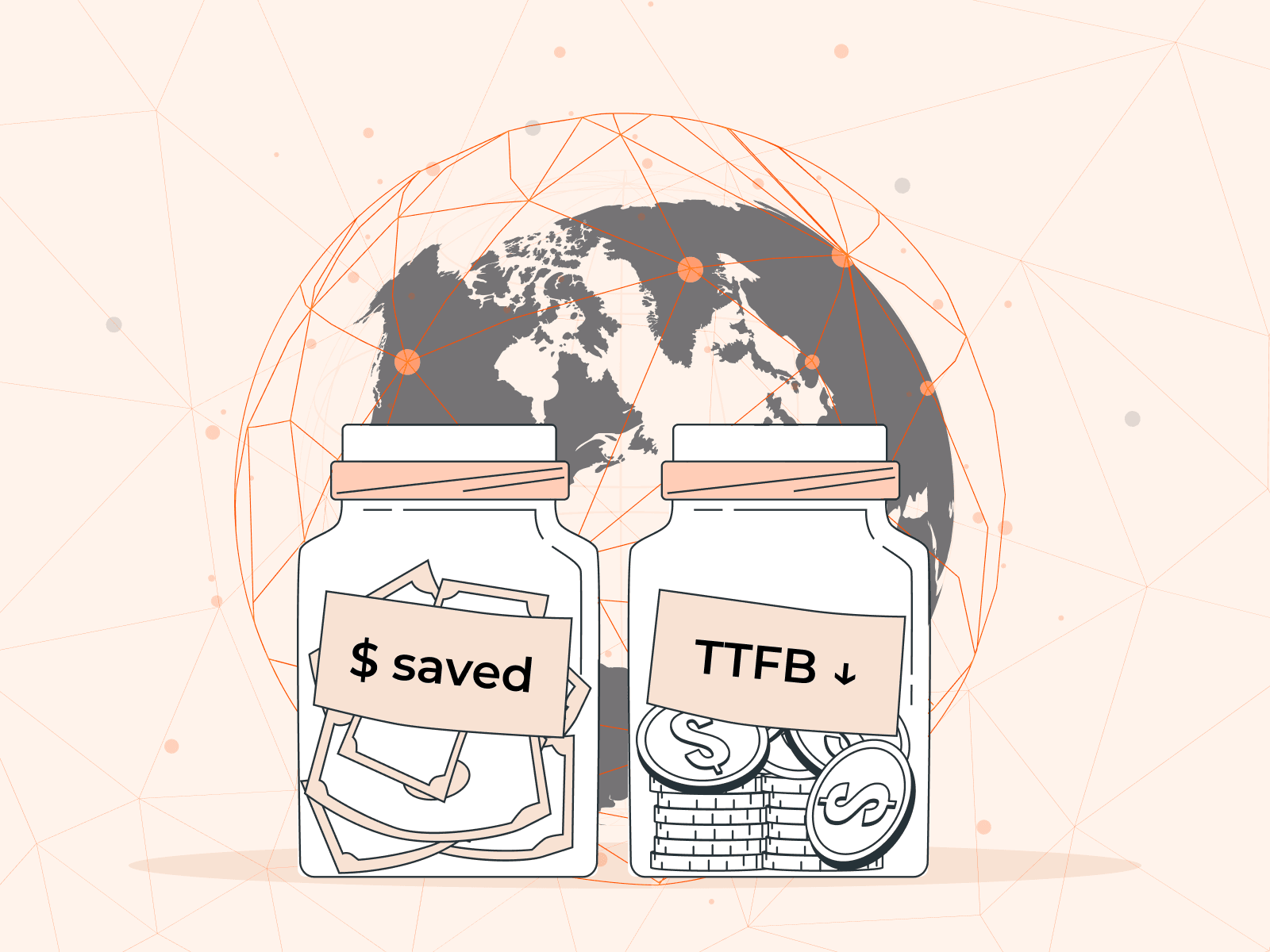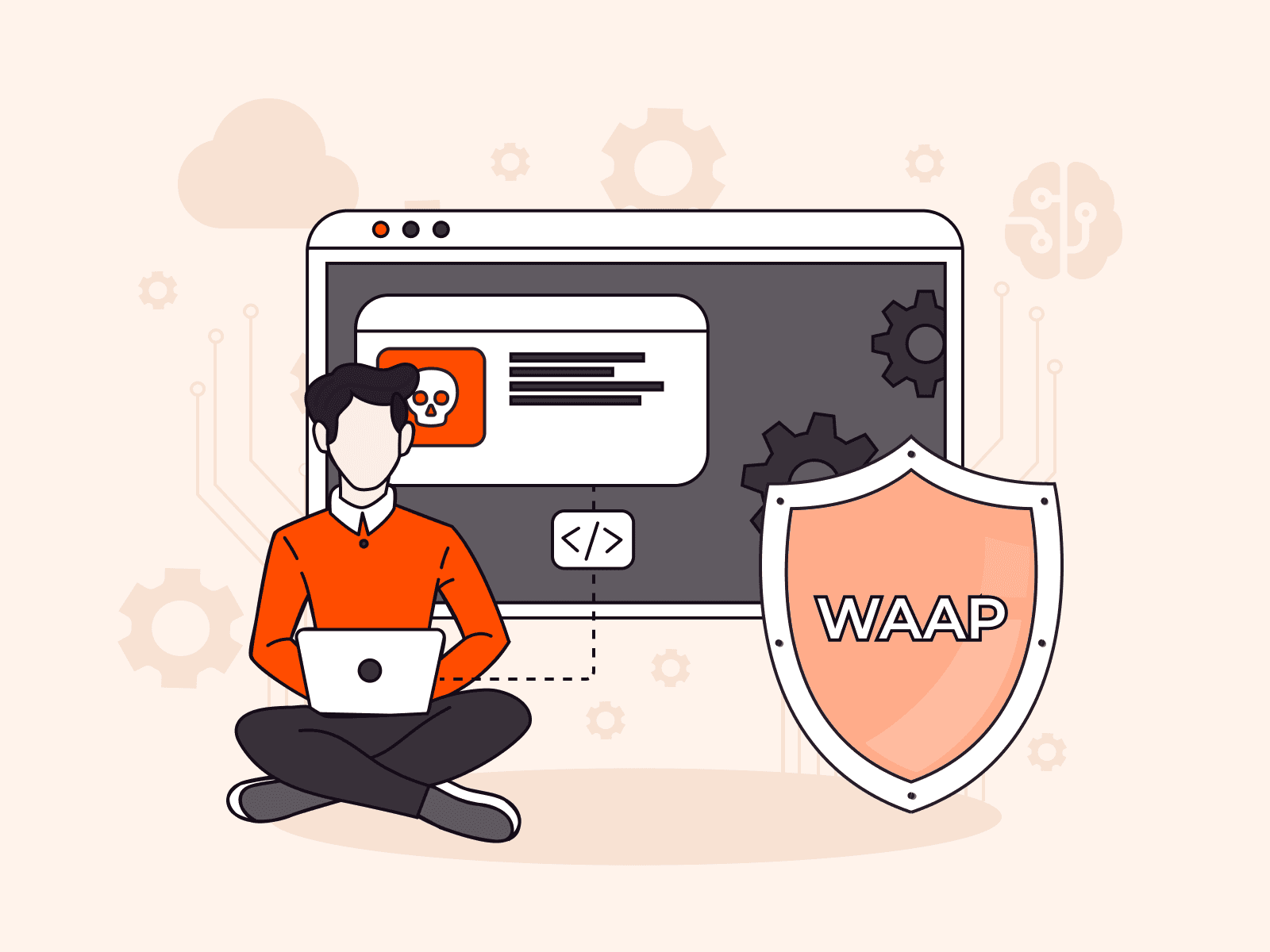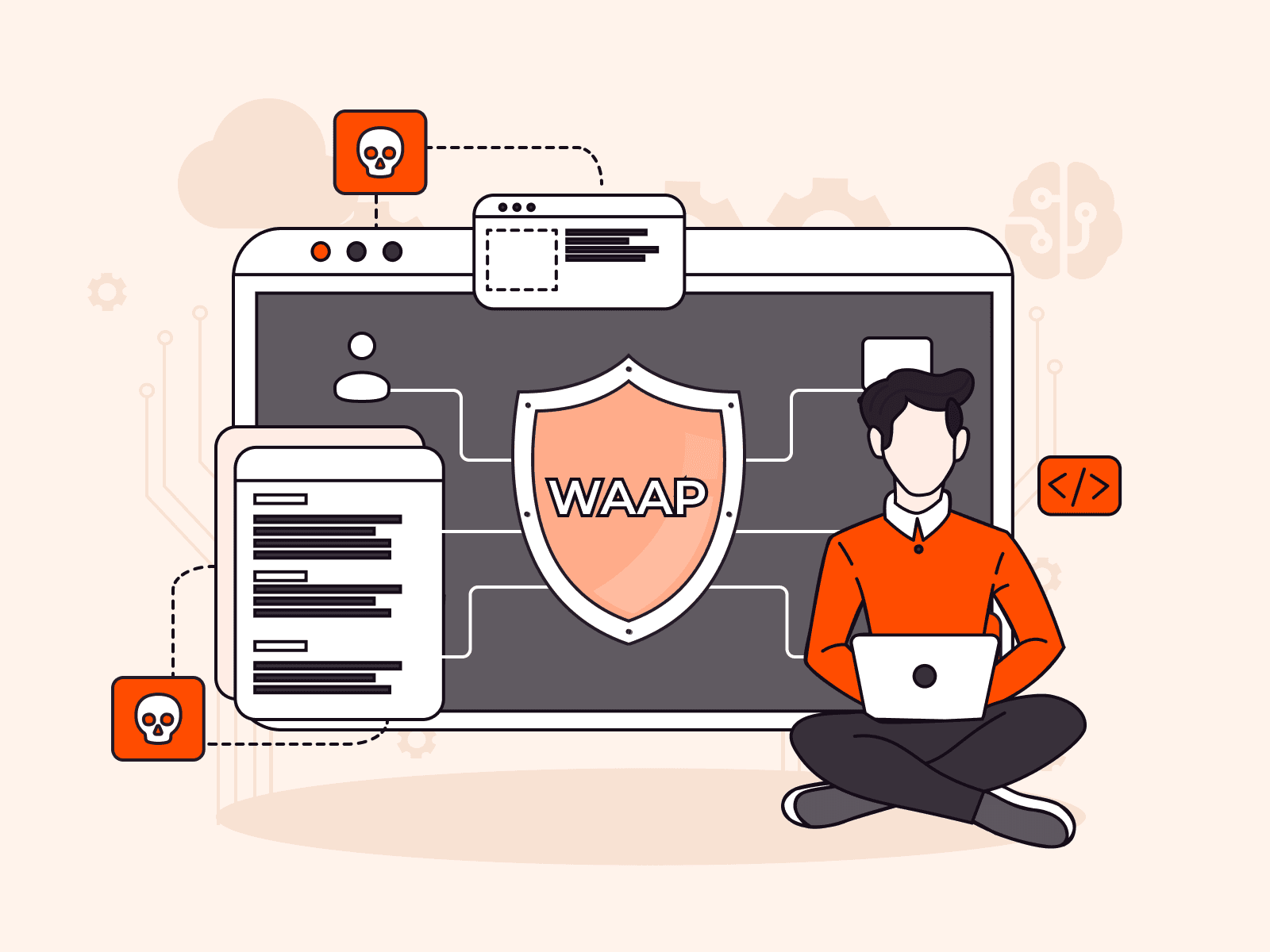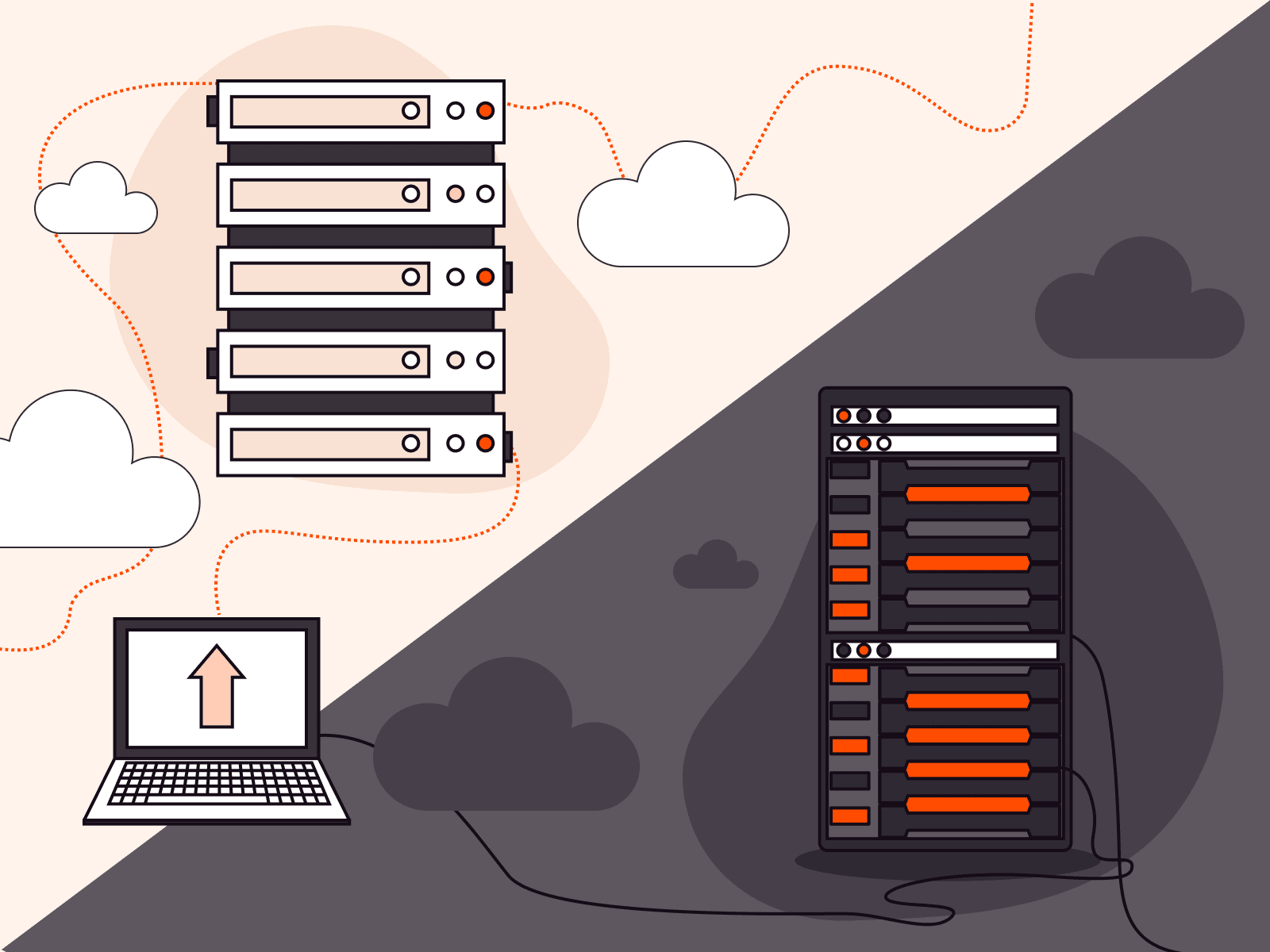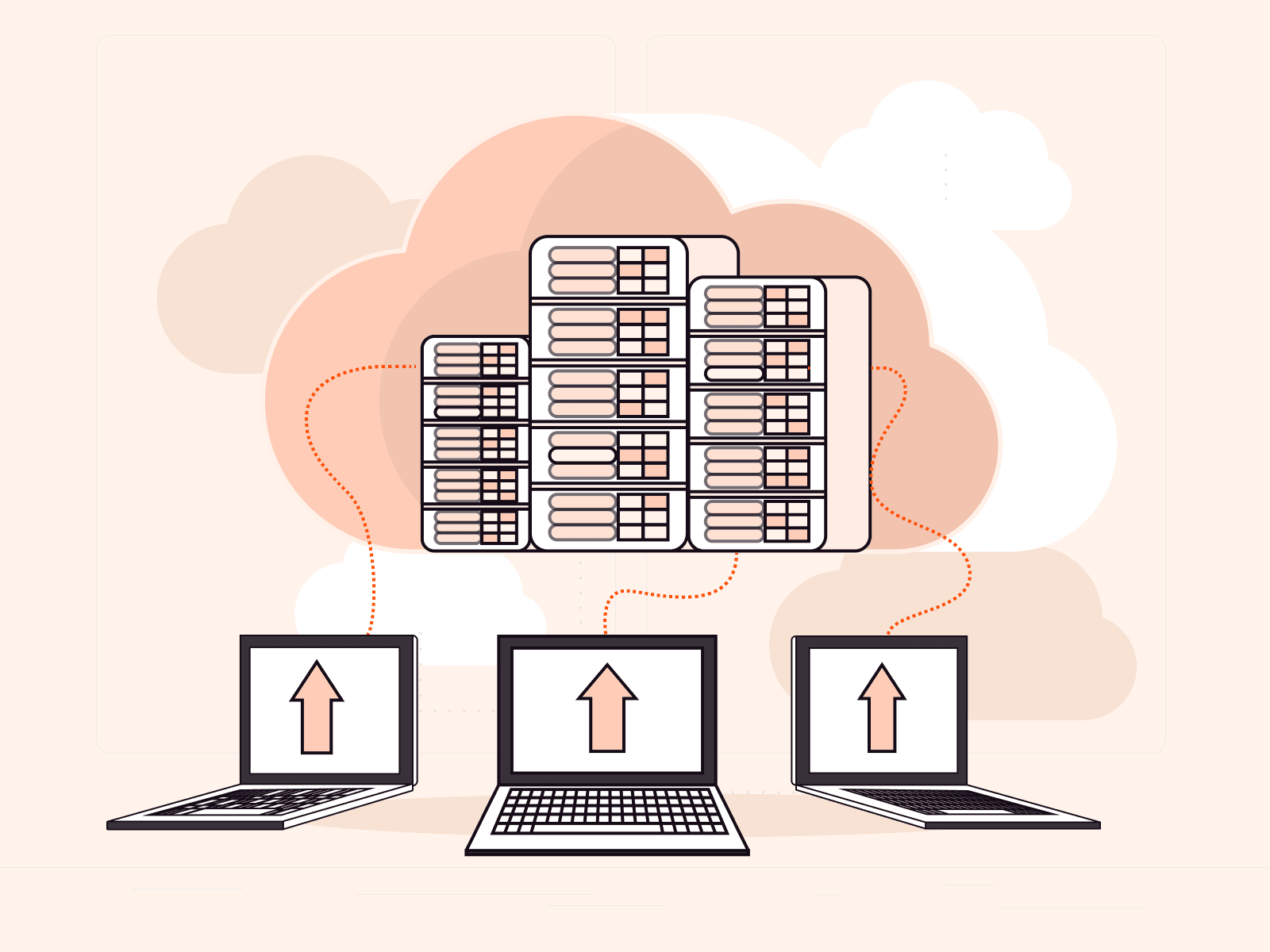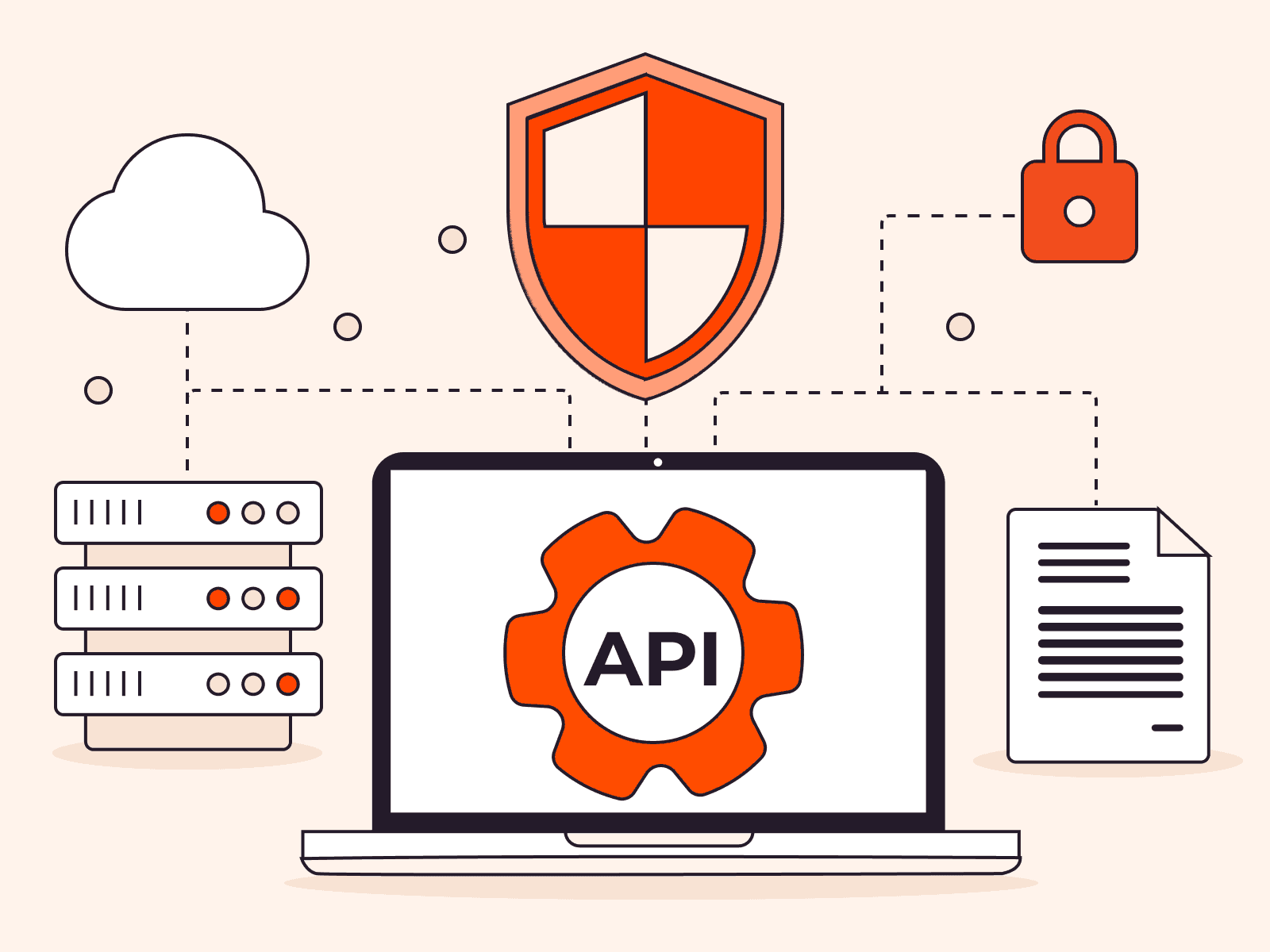Fundamentals
3 ways to safeguard your website against DDoS attacks—and why it matters
DDoS (distributed denial-of-service) attacks are a type of cyberattack in which a hacker overwhelms a server with an excessive number of requests, causing the server to stop functioning correctly and denying access to legitimate users. The volume of these types of attacks is increasing, with a 56% year-on-year rise recorded in late 2024, driven by factors including the growing availability of AI-powered tools, poorly secured IoT devices, and geopolitical tensions worldwide.Fortunately, there are effective ways to defend against DDoS attacks. Because these threats can target different layers of your network, a single tool isn’t enough, and a multi-layered approach is necessary. Businesses need to protect both the website itself and the infrastructure behind it. This article explores the three key security solutions that work together to protect your website—and the costly consequences of failing to prepare.The consequences of not protecting your website against DDoS attacksIf your website isn’t sufficiently protected, DDoS attacks can have severe and far-reaching impacts on your website, business, and reputation. They not only disrupt the user experience but can spiral into complex, costly recovery efforts. Safeguarding your website against DDoS attacks is essential to preventing the following serious outcomes:Downtime: DDoS attacks can exhaust server resources (CPU, RAM, throughput), taking websites offline and making them unavailable to end users.Loss of business/customers: Frustrated users will leave, and many won’t return after failed checkouts or broken sessions.Financial losses: By obstructing online sales, DDoS attacks can cause businesses to suffer substantial loss of revenue.Reputational damage: Websites or businesses that suffer repeated unmitigated DDoS attacks may cause customers to lose trust in them.Loss of SEO rankings: A website could lose its hard-won SEO ranking if it experiences extended downtime due to DDoS attacks.Disaster recovery costs: DDoS disaster recovery costs can escalate quickly, encompassing hardware replacement, software upgrades, and the need to hire external specialists.Solution #1: Implement dedicated DDoS protection to safeguard your infrastructureAdvanced DDoS protection measures are customized solutions designed to protect your servers and infrastructure against DDoS attacks. DDoS protection helps defend against malicious traffic designed to crash servers and interrupt service.Solutions like Gcore DDoS Protection continuously monitor incoming traffic for suspicious patterns, allowing them to automatically detect and mitigate attacks in real time. If your resources are attacked, the system filters out harmful traffic before it reaches your servers. This means that real users can access your website without interruption, even during an attack.For example, a financial services provider could be targeted by cybercriminals attempting to disrupt services with a large-scale volumetric DDoS attack. With dedicated DDoS protection, the provider can automatically detect and filter out malicious traffic before it impacts users. Customers can continue to log in, check balances, and complete transactions, while the system adapts to the evolving nature of the attack in the background, maintaining uninterrupted service.The protection scales with your business needs, automatically adapting to higher traffic loads or more complex attacks. Up-to-date reports and round-the-clock technical support allow you to keep track of your website status at all times.Solution #2: Enable WAAP to protect your websiteGcore WAAP (web application and API protection) is a comprehensive solution that monitors, detects, and mitigates cyber threats, including DDoS layer 7 attacks. WAAP uses AI-driven algorithms to monitor, detect, and mitigate threats in real time, offering an additional layer of defense against sophisticated attackers. Once set up, the system provides powerful tools to create custom rules and set specific triggers. For example, you can specify the conditions under which certain requests should be blocked, such as sudden spikes in API calls or specific malicious patterns common in DDoS attacks.For instance, an e-commerce platform during a major sale like Black Friday could be targeted by bots attempting to flood the site with fake login or checkout requests. WAAP can differentiate between genuine users and malicious bots by analyzing traffic patterns, rate of requests, and attack behaviors. It blocks malicious requests so that real customers can continue to complete transactions without disruption.Solution #3: Connect to a CDN to strengthen defenses furtherA trustworthy content delivery network (CDN) is another valuable addition to your security stack. A CDN is a globally distributed server network that ensures efficient content delivery. CDNs spread traffic across multiple global edge servers, reducing the load on the origin server. During a DDoS attack, a CDN with DDoS protection can protect servers and end users. It filters traffic at the edge, blocking threats before they ever reach your infrastructure. Caching servers within the CDN network then deliver the requested content to legitimate users, preventing network congestion and denial of service to end users.For instance, a gaming company launching a highly anticipated multiplayer title could face a massive surge in traffic as players around the world attempt to download and access the game simultaneously. This critical moment also makes the platform a prime target for DDoS attacks aimed at disrupting the launch. A CDN with integrated DDoS protection can absorb and filter out malicious traffic at the edge before it reaches the core infrastructure. Legitimate players continue to enjoy fast downloads and seamless gameplay, while the origin servers remain stable and protected from overload or downtime.In addition, Super Transit intelligently routes your traffic via Gcore’s 180+ point-of-presence global network, proactively detecting, mitigating, and filtering DDoS attacks. Even mid-attack, users experience seamless access with no interruptions. They also benefit from an enhanced end-user experience, thanks to shorter routes between users and servers that reduce latency.Taking the next steps to protect your websiteDDoS attacks pose significant threats to websites, but a proactive approach is the best way to keep your site online, secure, and resilient. Regardless of your industry or location, it’s crucial to take action to safeguard your website and maintain its uninterrupted availability.Enabling Gcore DDoS protection is a simple and proven way to boost your digital infrastructure’s resiliency against different types of DDoS attacks. Gcore DDoS protection also integrates with other security solutions, including Gcore WAAP, which protects your website and CDNs. These tools work seamlessly together to provide advanced website protection, offering improved security and performance in one intuitive platform.If you’re ready to try Gcore Edge Security, fill in the form below and one of our security experts will be in touch for a personalized consultation.
July 8, 2025 4 min read
